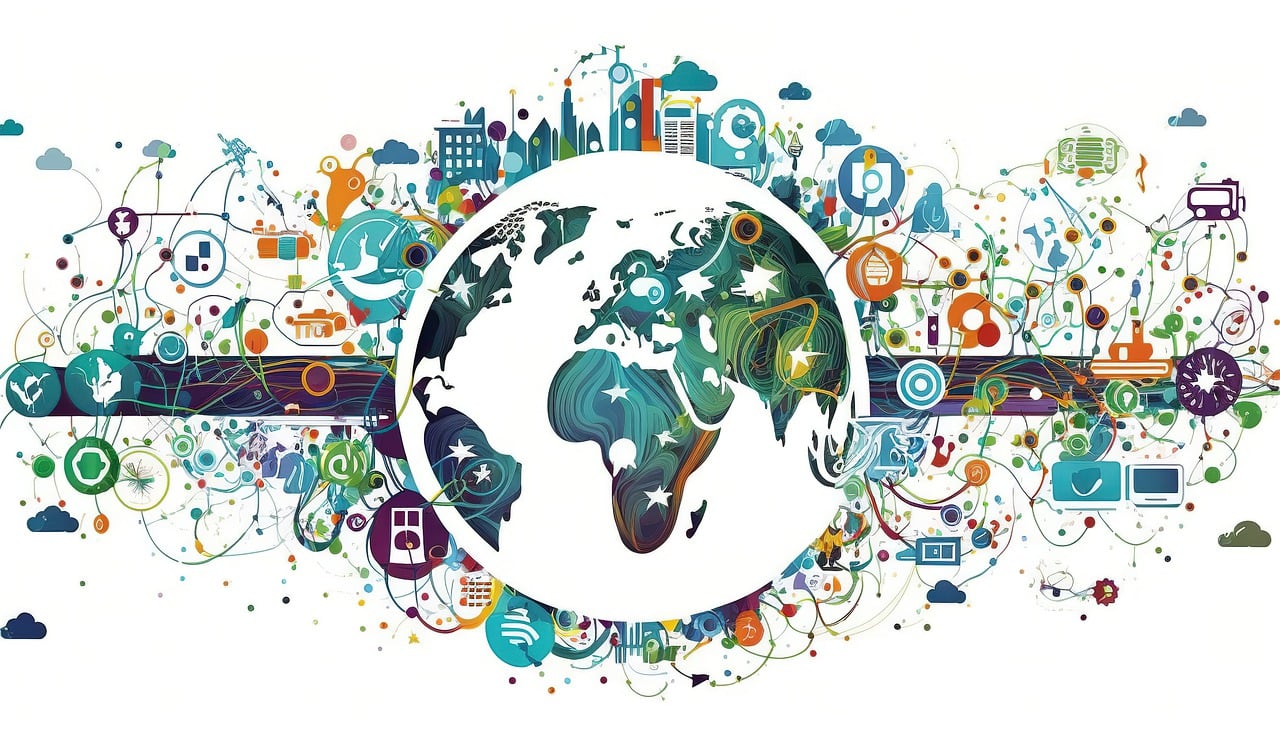My Blog
The Impact of Emerging Technologies on Business Strategy

In today’s fast-paced and ever-evolving business landscape, emerging technologies are reshaping traditional business strategies and creating unprecedented opportunities for innovation. As a Director of Strategy, Marketing, and Venture Building at a business consulting firm focusing on new-age companies and startups, I have witnessed firsthand the transformative power of technologies such as blockchain, the Internet of Things (IoT), and 5G. In this article, we will analyze how these technologies are impacting business strategies and opening new avenues for growth and innovation.
Blockchain: Revolutionizing Trust and Transparency
What is Blockchain?
Blockchain is a decentralized ledger technology that ensures data integrity and security through cryptographic techniques. It is known for its transparency, immutability, and ability to facilitate trust among parties without the need for intermediaries.
Quote:
“Blockchain is the tech. Bitcoin is merely the first mainstream manifestation of its potential.” – Marc Kenigsberg
Key Points:
- Decentralization: Eliminates the need for a central authority, reducing costs and increasing efficiency.
- Transparency: Provides a transparent and immutable record of transactions, enhancing trust.
- Security: Utilizes cryptographic techniques to secure data, making it resistant to tampering and fraud.
Business Implications:
- Supply Chain Management: Blockchain can streamline supply chains by providing real-time visibility and traceability of goods.
- Smart Contracts: Automate and enforce contractual agreements, reducing the risk of human error and fraud.
- Financial Services: Facilitate faster, cheaper, and more secure transactions, disrupting traditional banking systems.
Practical Tips for Implementation:
- Identify Use Cases: Assess areas within your business where blockchain can add value, such as supply chain, finance, or data security.
- Collaborate with Experts: Partner with blockchain experts to develop and implement tailored solutions.
- Pilot Projects: Start with small-scale pilot projects to test the technology and refine your approach before full-scale deployment.
Internet of Things (IoT): Enhancing Connectivity and Data-Driven Decisions
What is IoT?
The Internet of Things (IoT) refers to the network of interconnected devices that collect and exchange data in real time. These devices range from everyday household items to complex industrial machinery.
Quote:
“The IoT is big news because it ups the ante: ‘Reach out and touch somebody’ is becoming ‘Reach out and sense something.’” – Parker Trewin
Key Points:
- Connectivity: Connects physical devices to the internet, enabling real-time data collection and communication.
- Data Insights: Generates vast amounts of data that can be analyzed to gain actionable insights.
- Automation: Facilitates automation of processes, improving efficiency and reducing human intervention.
Business Implications:
- Operational Efficiency: IoT can optimize operations by providing real-time monitoring and predictive maintenance.
- Customer Experience: Enhances customer experience through personalized and responsive services.
- Innovation: Drives innovation by enabling the development of new products and services based on data insights.
Practical Tips for Implementation:
- Start Small: Implement IoT solutions in specific areas where they can have the most immediate impact, such as inventory management or customer service.
- Focus on Data Analytics: Invest in robust data analytics capabilities to make sense of the data generated by IoT devices.
- Ensure Security: Prioritize cybersecurity measures to protect sensitive data and prevent unauthorized access.
5G: Enabling Ultra-Fast Connectivity and New Business Models
What is 5G?
5G is the fifth generation of mobile network technology, offering significantly faster speeds, lower latency, and increased capacity compared to previous generations.
Quote:
“5G is not just an incremental improvement, but a fundamental transformation in how we connect to the world.” – Hans Vestberg
Key Points:
- Speed: Provides ultra-fast download and upload speeds, enabling seamless streaming and real-time communication.
- Low Latency: Reduces latency to near real-time, enhancing the performance of time-sensitive applications.
- Capacity: Supports a higher number of connected devices, facilitating the growth of IoT and smart cities.
Business Implications:
- Enhanced Communication: Improves communication and collaboration through high-quality video conferencing and virtual reality.
- Smart Cities: Enables the development of smart cities with connected infrastructure and services.
- New Business Models: Creates opportunities for new business models, such as remote healthcare, autonomous vehicles, and augmented reality.
Practical Tips for Implementation:
- Assess Readiness: Evaluate your current infrastructure to determine its readiness for 5G integration.
- Collaborate with Providers: Work with telecom providers to understand the capabilities and potential applications of 5G for your business.
- Explore Use Cases: Identify and prioritize use cases that can benefit the most from 5G technology, such as remote work, customer engagement, and industrial automation.
Conclusion
The rapid advancement of emerging technologies like blockchain, IoT, and 5G is reshaping the business landscape, offering new opportunities for innovation and growth. Startups and established businesses alike must stay ahead of these technological disruptions to maintain a competitive edge. By embracing these technologies, companies can enhance operational efficiency, improve customer experiences, and develop innovative products and services.
As Marc Benioff, CEO of Salesforce, once said, “The speed of innovation is accelerating, and those who can harness these technologies will be the leaders of tomorrow.” In this digital age, the ability to adapt and leverage emerging technologies is not just a competitive advantage; it is a necessity for survival and success.
This article serves as a comprehensive guide for chief officers and hiring managers looking to understand the impact of these technologies on business strategy and to explore practical steps for their implementation. By staying informed and proactive, businesses can navigate the complexities of technological change and seize the opportunities it presents.
